Comments
- No comments found
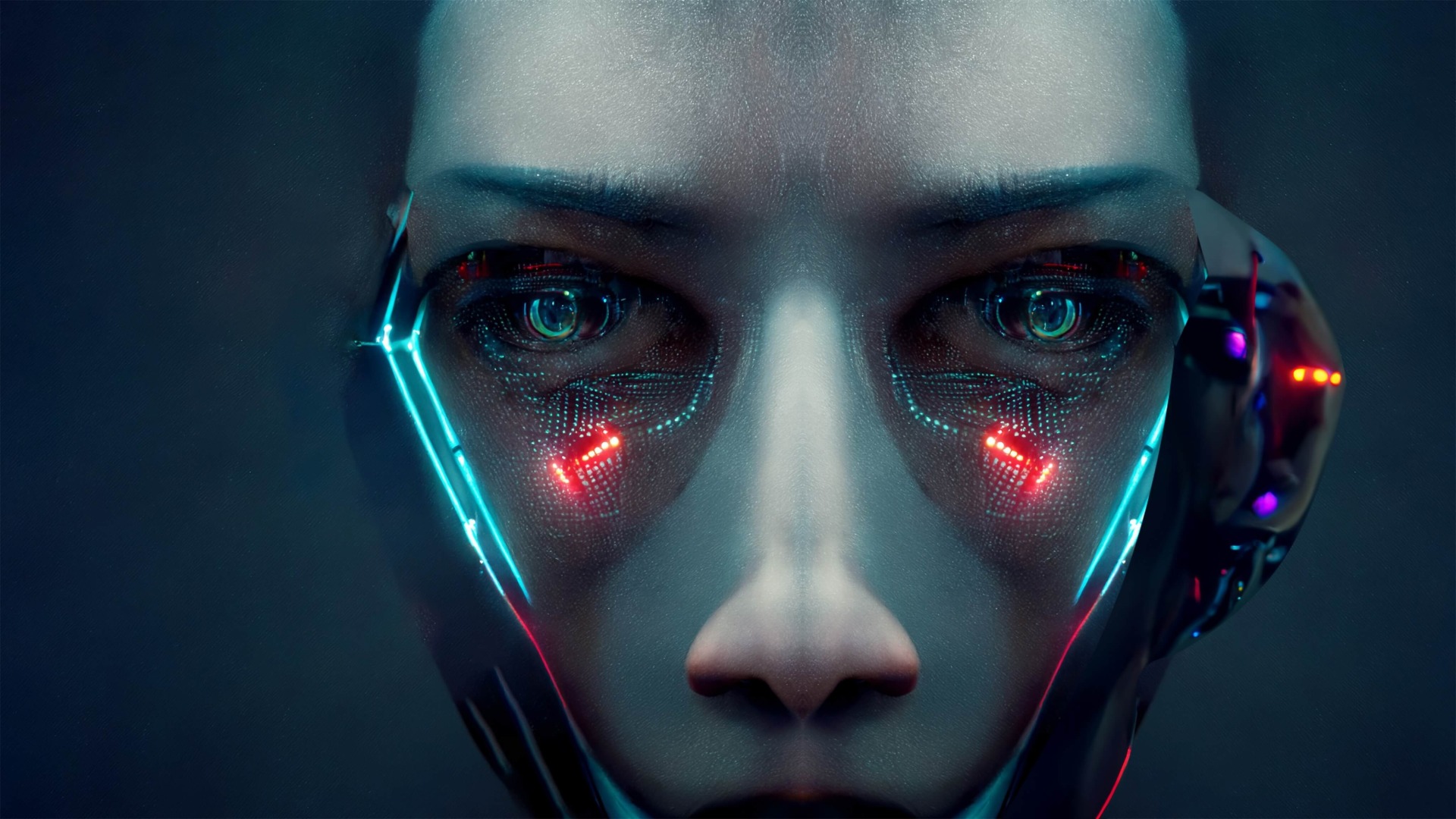
Humans are likely to merge with artificial intelligence (AI) in the future.
Recent advances in artificial intelligence (AI) are improving many aspects of modern society. While AI is mostly still in its infancy, it will continue to further develop. Artificial intelligence is divided broadly into three stages:
Artificial narrow intelligence (ANI), which has a narrow range of abilities.
Artificial general intelligence (AGI), which is on par with human capabilities.
Artificial superintelligence (ASI), which is more capable than a human.
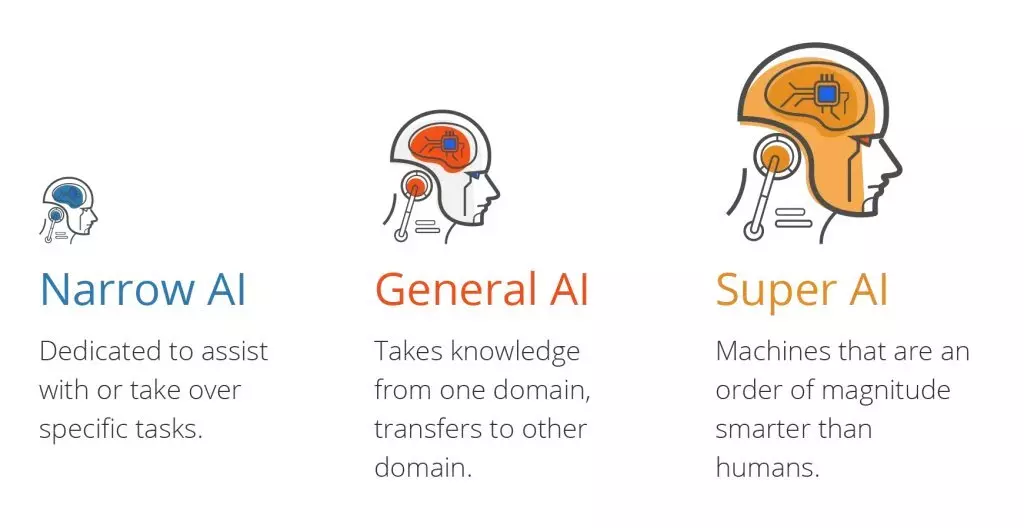
Genetic studies have demonstrated that humans are still evolving. Evolution is an ongoing process including the rise of artificial intelligence. Humans are relying more than ever on technology to heal their wounds.
One major example is the use of prosthetic devices, such as robotic limbs, that can be controlled by the wearer's own nervous system. Another example is the integration of AI into everyday objects, such as smartphones and home assistants, which can respond to our voice commands and perform a wide range of tasks.
Additionally, advances in areas such as brain-computer interfaces (BCI) and neural implants could lead to even more direct ways of linking the human brain with technology, allowing for things such as direct communication with computers or control of robotic devices with our thoughts.
However, while the technology is being developed and improved, there is still a long way to go before achieving the level of true merging of humans with robots or AI. It also raises a lot of ethical concerns and societal implications that would need to be addressed.
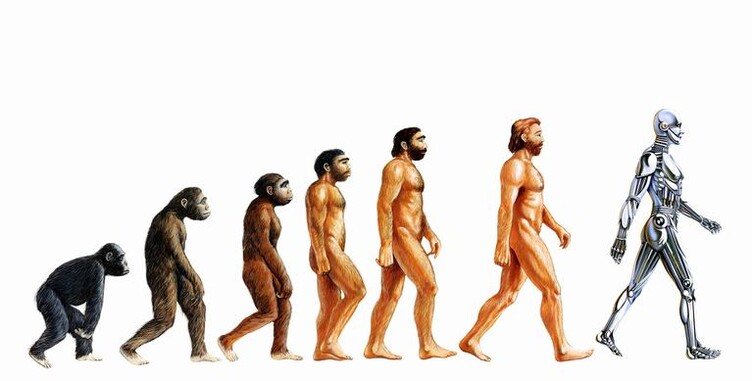
It's important to state that any kind of merging will be a gradual and incremental process, rather than a sudden one. The level of merging depends on human's acceptance and the ability of technology to be as natural and comfortable as possible.
Homo Sapiens refers to the scientific genus and species name for modern humans. Homo is the genus, and sapiens is the species. The name "Homo sapiens" is Latin for "wise human."
Homo Technologicus refers to a human being who has become inseparable from technology, meaning human life and technology are intertwined. In this context, it is often used to refer to the modern era where technology and human society are intertwined and can not be separated.
Homo Cyberneticus refers to a human being that has merged with the cyber world, having a direct relationship with cyberspace and cyber technology, thus becoming an integral part of it.
"Homo Technologicus" and "Homo Cyberneticus" are not recognized scientific terms or classifications, but they are used in some philosophical, cultural, and technical contexts.
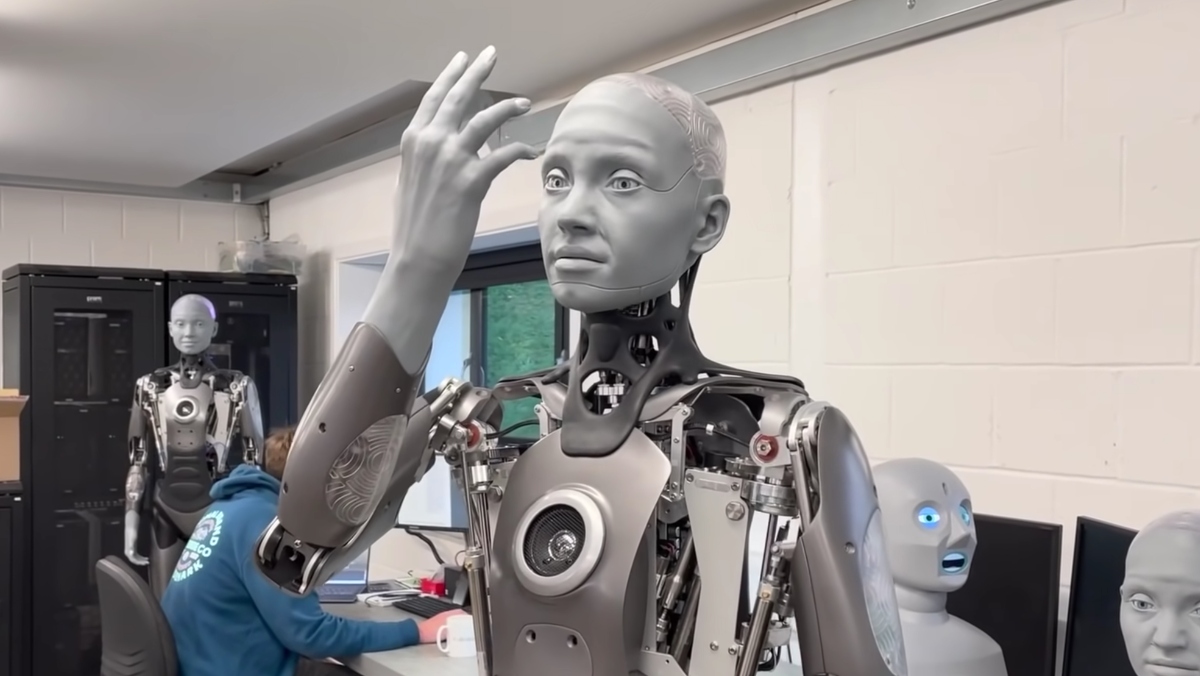
Artificial intelligence can go further than human intelligence.
There are several potential benefits to humans merging with AI, including:
Increased efficiency: By merging with AI, humans could potentially perform tasks at a much faster and more accurate rate, increasing productivity and allowing us to tackle more complex problems.
Augmented intelligence: By merging with AI, humans could potentially gain access to a vast amount of information and computational power, allowing us to make better decisions and solve problems in ways that would otherwise be impossible.
Improved physical capabilities: By merging with AI, humans could potentially overcome physical limitations, such as those caused by injury or disease. For example, robotic limbs controlled by the human nervous system or brain-computer interfaces could give people with paralysis the ability to walk again.
Increased longevity: By merging with AI, humans could potentially extend their lifetimes and improve their overall health. This could include things such as neural implants that can monitor and regulate bodily functions or robotic devices that can perform surgery with greater precision.
Improved connectivity: By merging with AI, humans could potentially improve their ability to connect and communicate with each other, as well as with machines and other technology.
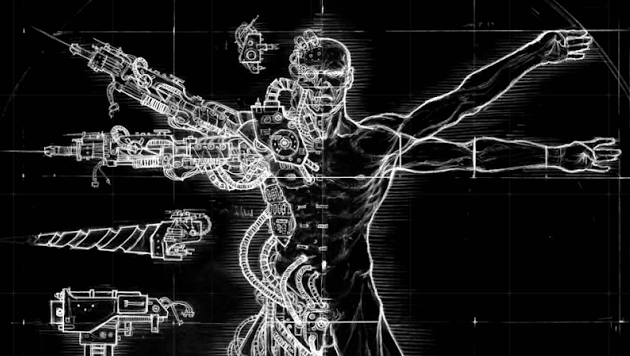
It is worth noting that merging with AI raises concerns such as loss of privacy, autonomy, and control over personal information, as well as ethical and societal implications. It is important to approach this topic with caution and considerate the potential consequences before taking any action.
Merging with AI will likely depend on a number of factors, such as advances in technology, government regulations, and public acceptance. So, it is important to approach this topic with care and consideration, considering not just the potential benefits, but also the potential drawbacks and ethical implications.
There are several challenges that would need to be addressed in order for humans to safely and effectively merge with AI, including:
Technical challenges: There are a number of technical challenges that would need to be overcome in order for humans to merge with AI, such as developing brain-computer interfaces that are safe, reliable, and easy to use, as well as designing robots and other devices that can safely interact with humans.
Ethical and societal implications: Merging with AI raises a number of ethical and societal implications, such as concerns about loss of privacy, autonomy, and control over personal information, as well as the potential for AI to be misused or to discriminate against certain groups of people.
Safety and security: Ensuring the safety and security of AI systems would be critical, as a malfunctioning or malicious AI could cause harm to humans.
Societal acceptability and legal framework: There will be a need to establish a legal framework that ensures the rights of individuals while also allowing society to benefit from the technology.
Power and Control: Merging with AI could also raise concerns about power and control, as those with access to advanced AI technology could potentially wield significant power over those who do not.
Job displacement: Merging with AI could lead to job displacement, as machines and robots become better at performing tasks that were previously done by humans. This could have significant economic and societal implications, including increased unemployment and income inequality.
Health and psychological effects: Merging with AI could also have health and psychological effects on humans, as people may become dependent on machines and robots to perform tasks that were once done by humans. This could lead to social isolation, as well as a decrease in physical and cognitive abilities.
Technical limitations and biases: AI technology is not perfect and there are biases and errors that could persist in the decision making process, which could be amplified in the case of merging with AI.
Societal and economic cost: Developing the technology and infrastructure necessary for merging with AI would be expensive, and there would be ongoing costs for maintenance, replacement, and upgrades.
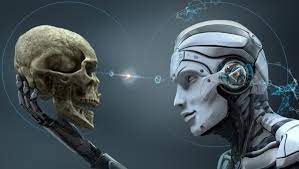
Humans are relying on technology including artificial intelligence more than everbefore. AI-based enhancements are just the beginning of the next evolution process. It's important to consider all the benefits and challenges of merging with AI by addressing them in a comprehensive and holistic way as technology and society continue to evolve. Any merging with AI should be done with care, caution, and consideration of the potential risks and benefits to individuals, society, and the human race as a whole.
Leave your comments
Post comment as a guest